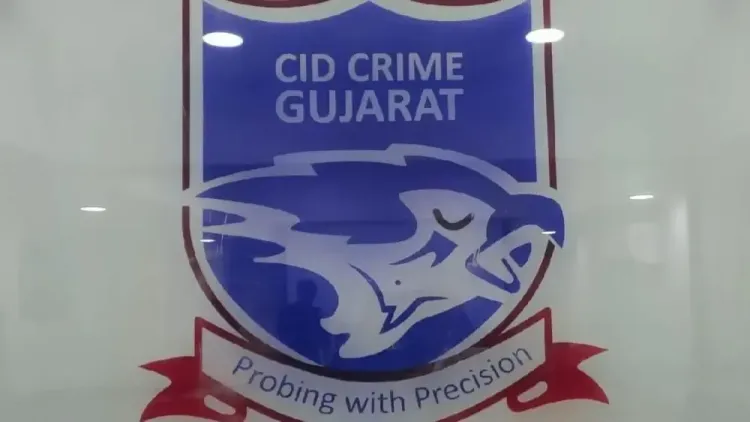Gujarat CID Collaborates with DRI to Seize Leopard Skins and Claws

Synopsis
Key Takeaways
- Collaboration between DRI and CID led to a successful operation.
- Two leopard skins and 18 claws confiscated.
- Five suspects arrested in connection with the crime.
- Items handed over to Rajasthan Forest Department.
- Leopards enjoy full protection under the Wildlife Protection Act.
Ahmedabad, Jan 26 (NationPress) In response to targeted intelligence from the Directorate of Revenue Intelligence (DRI) and the Crime Investigation Department (CID) of Gujarat, DRI officials in Ahmedabad successfully dismantled a sophisticated wildlife trafficking syndicate operating in the Rajsamand district of Rajasthan.
The operation resulted in the confiscation of two leopard skins and 18 leopard claws, leading to the arrest of five individuals implicated in this illegal trade. The items seized have been transferred to the Rajasthan Forest Department for further examination in accordance with the Wildlife Protection Act (WPA), 1972.
Leopards fall under Schedule I of the Act, which provides them with utmost protection and explicitly forbids the sale, purchase, trade, or possession of their body parts, including skins and claws.
Intelligence revealed that a syndicate based in Rajasthan was attempting to sell leopard skins in contravention of the Wildlife Protection Act. Acting decisively, DRI agents monitored the suspects before executing a meticulously planned operation.
During the initial raid, four members of the syndicate, identified as brokers and sellers, were detained, and one leopard skin along with 18 claws was seized.
Interrogation of the apprehended suspects unveiled critical information about another illegal leopard skin trade occurring approximately 30 kilometers away in a forested area.
Utilizing one of the detainees, the DRI team successfully lured a second group of traffickers to a designated location. The follow-up operation was challenging, as local residents attempted to impede the officials.
Research conducted between 2001 and 2010 indicated that nearly four leopards were poached each week in India, accumulating to over 2,000 individuals during that decade.
Data from the Wildlife Protection Society of India (WPSI) shows numerous recorded instances of leopard poaching and seizures from 1994 to 2016, though these numbers likely reflect only a fraction of the actual illegal activities.
Approximately 90 percent of reported leopard part seizures in India were exclusively skins, marking them as the most common body part in the illegal trade.
Leopard parts are frequently smuggled through established networks, where skins are roughly cured in the field, handed over to dealers, and subsequently transported to tanneries. From there, they are illicitly smuggled to markets outside India, predominantly in China.









